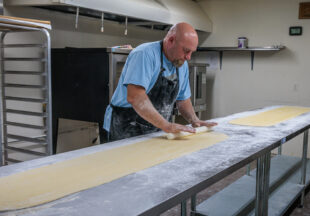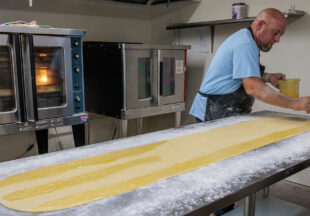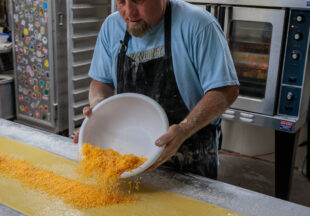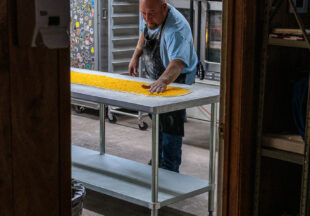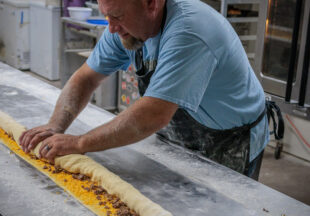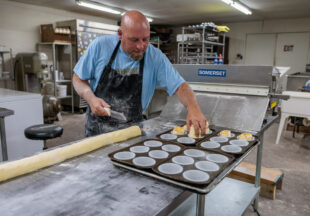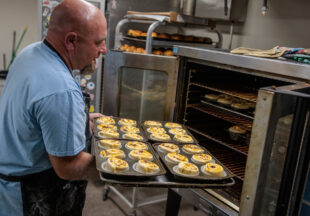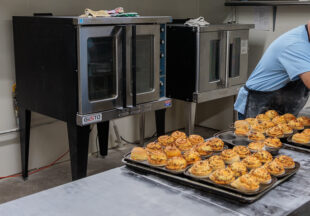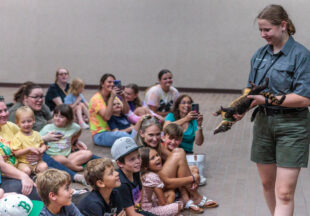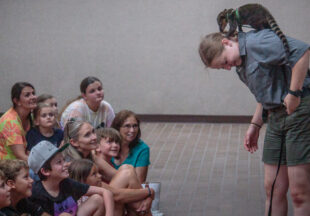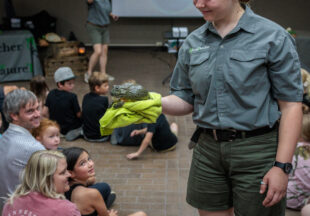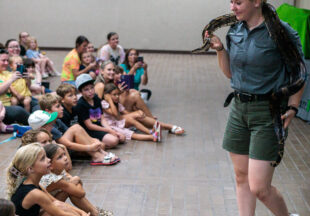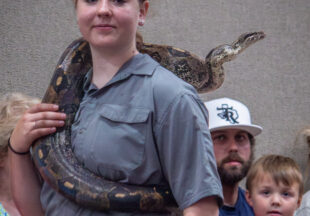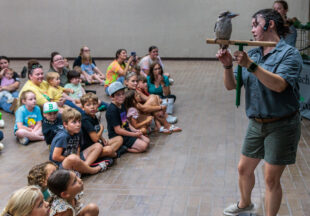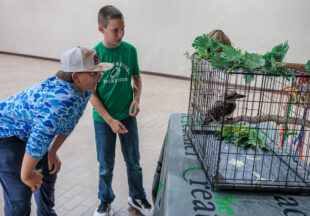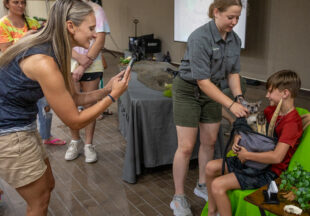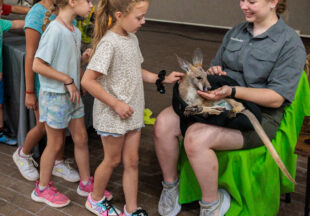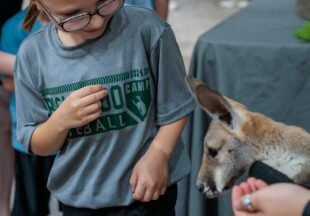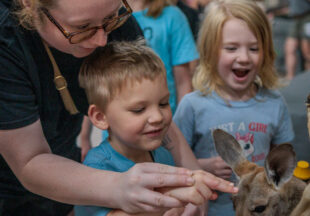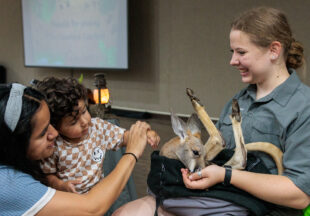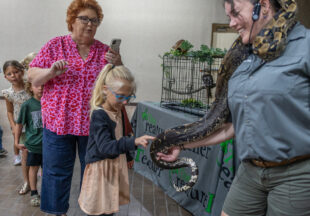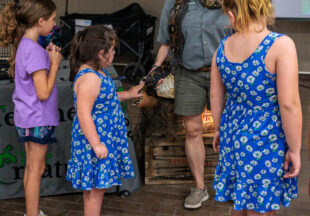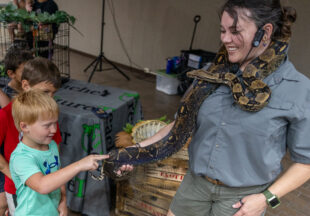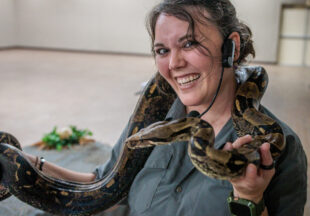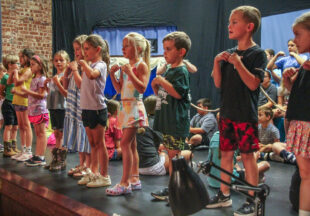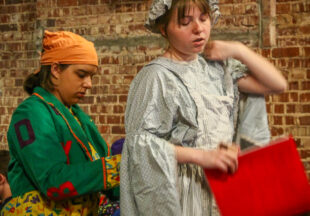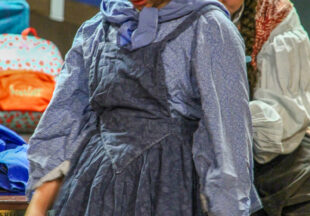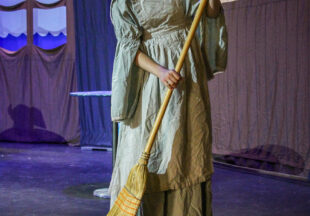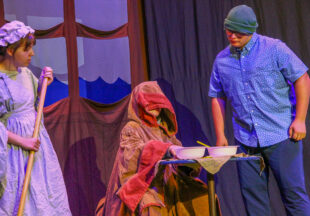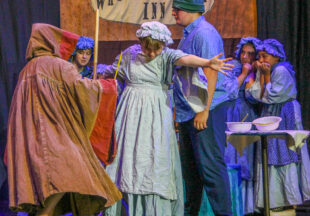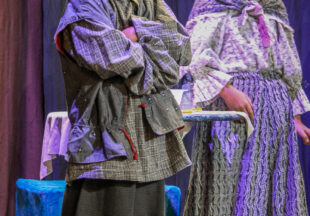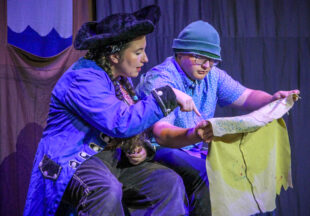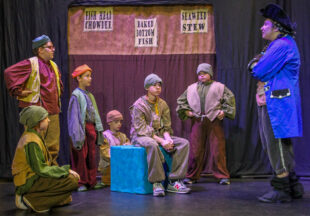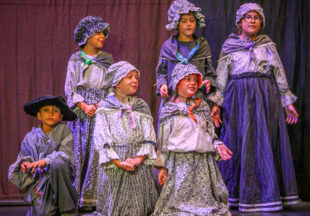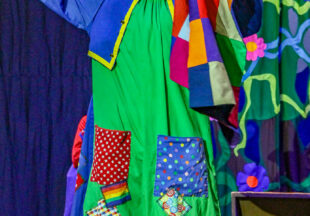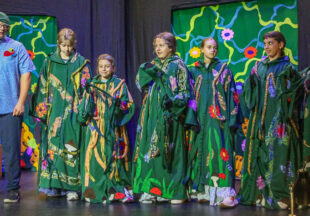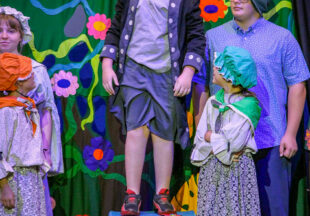Stephens Memorial Hospital conducts decontamination drill

Editor’s note: The following is a first-person account of a recent training drill that took place at Stephens Memorial Hospital. It was written by Kylee Singleton, R.N. BSN, Trauma Coordinator for Stephens Memorial Hospital.
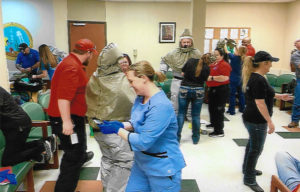
Several local entities took part in a recent drill at Stephens Memorial Hospital simulating a hazardous materials emergency. (Courtesy Photo)
Stephens Memorial Hospital conducted a Hazardous Material Decontamination drill last week in the Emergency Room ambulance bay.
The drill was a collaboration between the Stephens Memorial Hospital Plant Operations staff, Sacred Cross EMS, Breckenridge Fire Department, nursing students at Texas State Technical College-Breckenridge and RRS Patient Decontamination.
RRS Patient Decontamination, a company that provides patient decontamination and contamination containment services as well as training opportunities, presented an in-depth classroom lecture, instructions and demonstration of proper donning and doffing of personal protective equipment on the morning of Feb. 4. In the afternoon, the participants had an opportunity to take part in a walk-through practice lab. Each person who participated had to use the knowledge and skills that they learned to be able to safely decontaminate the “patients” prior to treatment that afternoon.

As part of the training, some of the participants had to don protective suits that they would wear in the case of a real emergency. (Courtesy Photo)
The TSTC students had a training scenario that began with an exposure to an unknown substance at a (fictional) local cosmetology school. In the scenario, 20 students were working in the cosmetology lab when a box of powder fell from a shelf and was circulated throughout the room by fans. All 20 of the students began to itch and have difficulty breathing. The students arrived at Stephens Memorial Hospital in several groups covered in the “toxic powder,” which was actually baby powder, to make the decontamination drill as authentic as possible. The nature of the exposure, the chemical and details of the scenario were not known by the responding staff prior to the arrival of the group. The students did a good job creating a chaotic, realistic scene.
During the training scenario, the “chemical” that the patients were exposed to had to be researched rapidly in order to find the correct treatment. Responding staff had to use the Emergency Response Guide to locate the chemical, sodium persulfate, and the proper way to decontaminate and treat the patients.
The decontamination area had to be set up, and designated “zones” were placed in strategic areas. Each zone and staff had its specific assignment. The entire scenario was carried out as if it were a true emergency requiring the decontamination of a large group of patients. Each of the students had to be assessed, sorted and placed in the outdoor shower to be washed with soap and water. Luckily, it was a warm day!
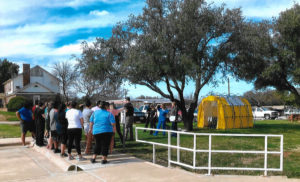
During the training exercise, the participants portraying people who had been exposed to an unidentified substance had to be decontaminated in an outdoor shower. (Courtesy Photo)
Staff members from Stephens Memorial, Sacred Cross EMS and Breckenridge Fire Department were able to practice the roles that would be required in an actual event. Each learned and practiced the necessary roles to ensure safe outcomes for both the patients and responding staff, as well as the proper way to don and doff personal protective equipment.
In the event of an actual situation like this, people are emotional; they are frantic, hysterical and scared. They are experiencing physical symptoms and the emotions exacerbate the situation. At the hospital, we are accustomed to seeing patients in their unnatural hysterical state, but a large group has its own unique challenges.
Each group involved in this class and demonstration did a really good job, from the classroom to participating in the walk-through. This was an excellent opportunity for us to learn and enhance our skills. Stephens Memorial Hospital is committed to our patients, and in the event that something similar happens in this community, we are now better prepared. Thank you to all who participated.
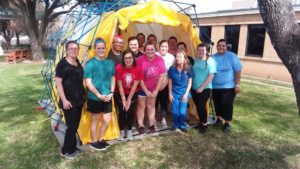
Taking part in the training program were LVN students from Breckenridge’s TSTC campus. (Courtesy Photo)
Story by Kylee Singleton, R.N. BSN, Trauma Coordinator for Stephens Memorial Hospital










